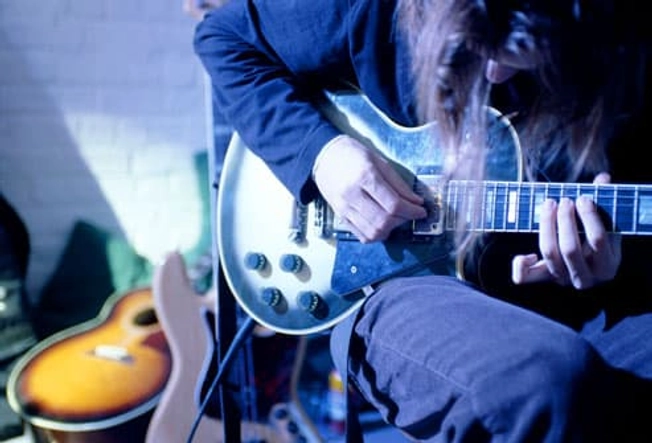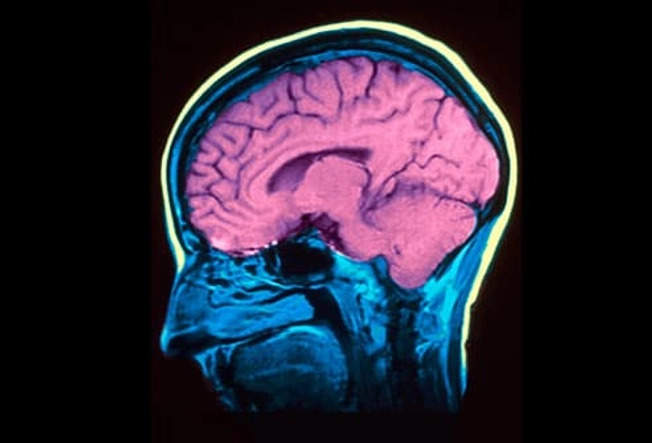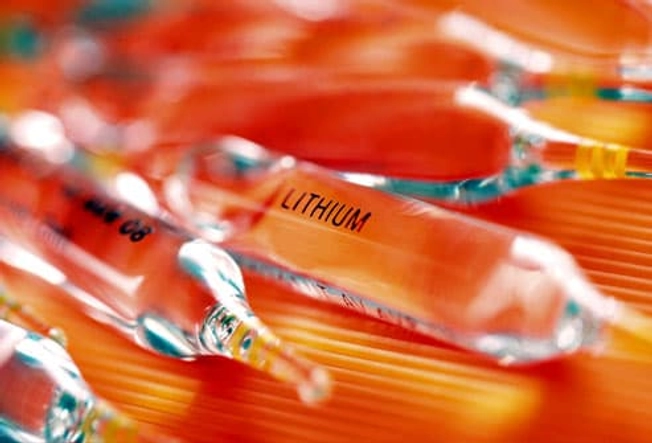What You Should Know About Bipolar Disorder


What Is It?
Sometimes called manic depression, bipolar disorder causes extreme shifts in mood. People who have it may spend weeks feeling like they're on top of the world before plunging into a deep depression. The length of each high and low varies greatly from person to person.

What the Depression Phase Is Like
Without treatment, a person with bipolar disorder may have intense episodes of depression. Symptoms include sadness, anxiety, loss of energy, hopelessness, and trouble concentrating. They may lose interest in activities that they used to enjoy. It’s also common to gain or lose weight, sleep too much or too little, and even think about suicide.

When Someone Is Manic
During this phase, people feel super-charged and think they can do anything. Their self-esteem soars out of control and it’s hard for them to sit still. They talk more, are easily distracted, their thoughts race, and they don’t sleep enough. It often leads to reckless behavior, such as spending sprees, cheating, fast driving, and substance abuse. Three or more of these symptoms nearly every day for a week accompanied by feelings of intense excitement may signal a manic episode.

Bipolar I vs. Bipolar II
People with bipolar I disorder have manic phases for at least a week. Many also have separate depression phases, too.
Those with bipolar ll have bouts of major depression, but instead of full manic episodes, they have low-grade hypomanic swings that are less intense and may last less than a week. They may seem fine, even like the “life of the party,” though family and friends notice their mood changes.

What's a "Mixed Episode"?
When people with bipolar disorder have depression and mania symptoms at the same time, or very close together, this is called a manic or depressive episode with mixed features. This can lead to unpredictable behavior, such as taking dangerous risks when feeling hopeless and suicidal but energized and agitated. Mood episodes involving mixed features may be somewhat more common in women and in people who develop bipolar disorder at a young age.

What Are the Causes?
Doctors don’t know exactly what causes bipolar disorder. Current theories hold that the disorder may result from a combination of genetic and other biological -- as well as environmental -- factors. Scientists think that brain circuits involved in the regulation of mood, energy, thinking, and biological rhythms may function abnormally in people with bipolar disorder resulting in the mood and other changes associated with the illness.

Who Is at Risk?
Men and women both get bipolar disorder. In most cases, symptoms usually start in people who are 15-30 years old. More rarely, it can begin in childhood. The condition can sometimes run in families, but not everyone in a family may have it.

How It Affects Daily Life
When it’s not under control, bipolar disorder can cause problems in many areas of life, including your job, relationships, sleep, health, and money. It can lead to risky behavior. It can be stressful for the people who care about you and aren’t sure how to help or may not understand what’s going on.

Risky Behavior
Many people with bipolar disorder have trouble with drugs or alcohol. They may drink or abuse drugs to ease the uncomfortable symptoms of their mood swings. Substance misuse also may be prone to occur as part of the recklessness and pleasure-seeking associated with mania.

Suicidal Thinking
People with bipolar disorder are 10-20 times more likely to commit suicide than others. Warning signs include talking about suicide, putting their affairs in order, and doing very risky things. If you know someone who may be at risk, call one of these hotlines: 800-SUICIDE (800-784-2433) and 800-273-TALK (800-273-8255). If the person has a plan to commit suicide, call 911 or help them get to an emergency room immediately.

How Doctors Diagnose It
A key step is to rule out other possible causes of extreme mood swings, including other conditions or side effects of some medicines. Your doctor will give you a checkup and ask you questions. You may get lab tests, too. A psychiatrist usually makes the diagnosis after carefully considering all of these things. They may also talk to people who know you well to find out if your mood and behavior have had major changes.

Which Medicines Treat It?
There are several types of prescription drugs for bipolar disorder. They include mood stabilizers that prevent episodes of ups and downs, as well as antidepressants and antipsychotic drugs. When they aren’t in a manic or depressive phase, people usually take maintenance medications to avoid a relapse.

Talk Therapy for Bipolar Disorder
Counseling can help people stay on medication and manage their lives. Cognitive behavioral therapy focuses on changing thoughts and behaviors that accompany mood swings. Interpersonal therapy aims to ease the strain bipolar disorder puts on personal relationships. Social rhythm therapy helps people develop and maintain daily routines.

What You Can Do
Everyday habits can’t cure bipolar disorder. But it helps to make sure you get enough sleep, eat regular meals, and exercise. Avoid alcohol and recreational drugs, since they can make symptoms worse. If you have bipolar disorder, you should learn what your “red flags” are -- signs that the condition is active -- and have a plan for what to do if that happens, so you get help ASAP.

Electroconvulsive Therapy (ECT)
This treatment, done while you are asleep under general anesthesia, can rapidly improve mood symptoms of bipolar disorder. It uses an electric current to cause a seizure in the brain. It’s one of the fastest ways to ease severe symptoms. ECT is often a safe and effective treatment option for severe mood episodes when medications have not led to meaningful symptom improvement. It’s a safe and highly effective treatment.

Let People In
If you have bipolar disorder, you may want to consider telling the people you are closest to, like your partner or your immediate family, so they can help you manage the condition. Try to explain how it affects you and what you need. With their support, you may feel more connected and motivated to stick with your treatment plan.

Concerned About Someone?
Many people with bipolar disorder don't realize they have a problem or avoid getting help. If you think a friend or family member may have it, you may want to encourage them to talk with a doctor or mental health expert who can look into what’s going on and start them toward treatment. Be sensitive to their feelings, and remember that it takes an expert to diagnose it. But if it is bipolar disorder, or another mental illness, treatment can help.